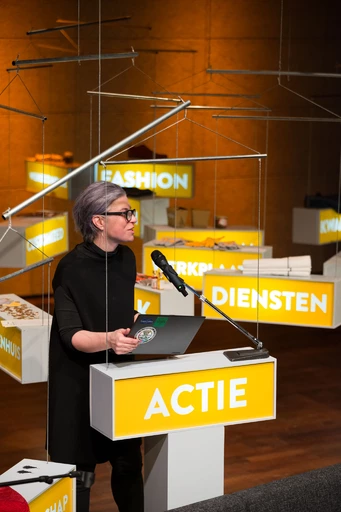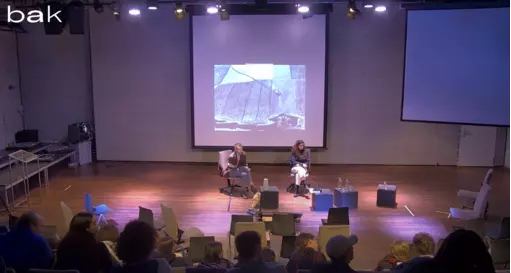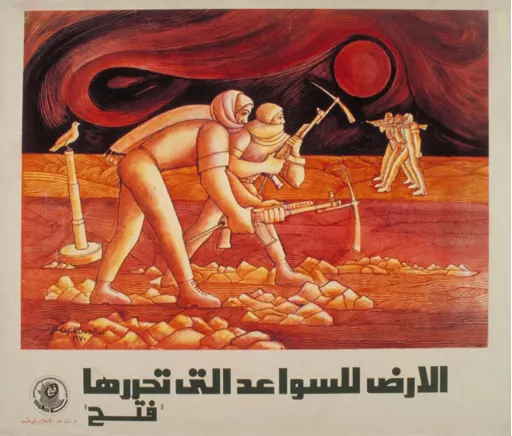Wietske Maas
researcher, artist, and curator
Wietske Maas is researcher, artist, and curator. Since 2014 she has worked as a researcher, curator, and editor for multiple programs and publication projects at BAK, basis voor actuele kunst, Utrecht and is currently BAK convener for research and publications.
In her artistic work her focus is urban ecology as a site of transformative assembly. Maas has developed and participated in artistic and publishing projects internationally. Recent co-edited publications include Propositions for Non-Fascist Living: Tentative and Urgent (co-edited with Maria Hlavajova, 2019) and Courageous Citizens: How Culture Contributes to Social Change (co-edited with Bas Lafleur and Susanne Mors, 2018).
related
Message from BAK Supervisory Board: Maria Hlavajova bids farewell to BAK, basis voor actuele kunst, Utrecht























